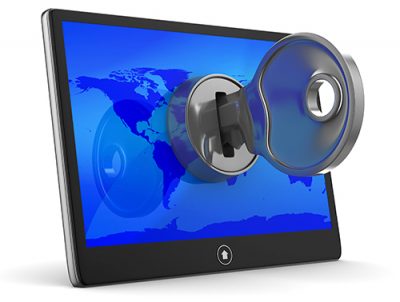We have been seeing a lot of Ransomware incidents and the word is that Ransomware is also being offered in the form of Software as a Service (SaaS) model. FBI has now warned people about the sharp rise in the number of Ransomware incidents and the causalities associated with it.

FBI tips on dealing with ransomware
Ransomware has pretty straightforward modus operandi, lock the important data and warn the hostage of data loss and thus extort money. This situation can turn out as a nightmare for hospitals, school districts, state and local governments, law enforcement agencies, small businesses, large businesses and many other establishments.
As we said earlier Ransomware has been around for quite some time, but it was only in 2015 that Law enforcement saw an increase in such type of cyber attacks. The attackers make sure that they target institutions since their pay-outs would naturally be better. The problem also lies with the users who are not prepared for such an attack and this surprise factor will further help attackers.
This is how a typical Ransomware attack might happen – Victim opens an e-mail and may click on an attachment that might appear legit. The attachments will usually be in the form of an invoice or a brochure. Once the attachment is open the ransomware code auto executed thus infecting their system with the malicious code.
In the second stage, the malware will start encrypting all the data present in the files and the folders. This will also include any attached hard drives, backup drives and other storage peripherals attached to the computer. Now the hostage is blocked out of his own data as it is encrypted and attackers are in the procession of the key. It is now that the attackers place their demands and instructions on how to transfer the bitcoins.
The FBI has advised organizations to take steps to prevent ransomware. Back up your data regularly, avoid clicking on links from unknown sources, use strong antivirus and firewall, better management of privileged accounts, Business continuity efforts and isolation of the computers from the backup network. Ransomware is more common than you think. Make sure that you safeguard your data from the attacks with the help of precautions mentioned above.
This post talks a little more about Ransomware Attacks & FAQ.
Dude looks like a lady.